Compared to other platforms, this new “on-a-chip” system allows membrane proteins to be studied in their natural state.
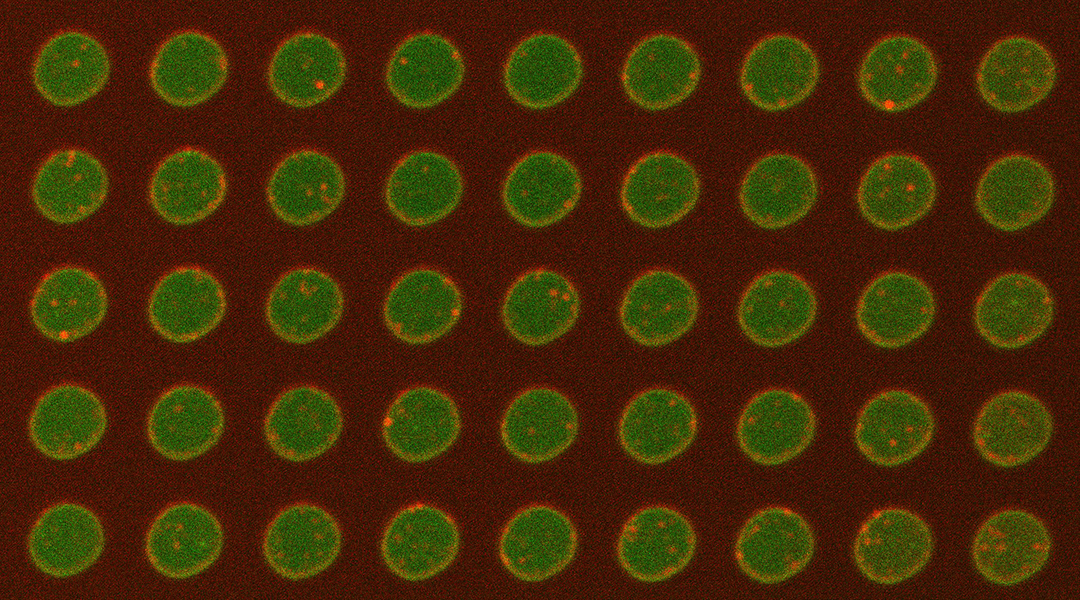

Compared to other platforms, this new “on-a-chip” system allows membrane proteins to be studied in their natural state.
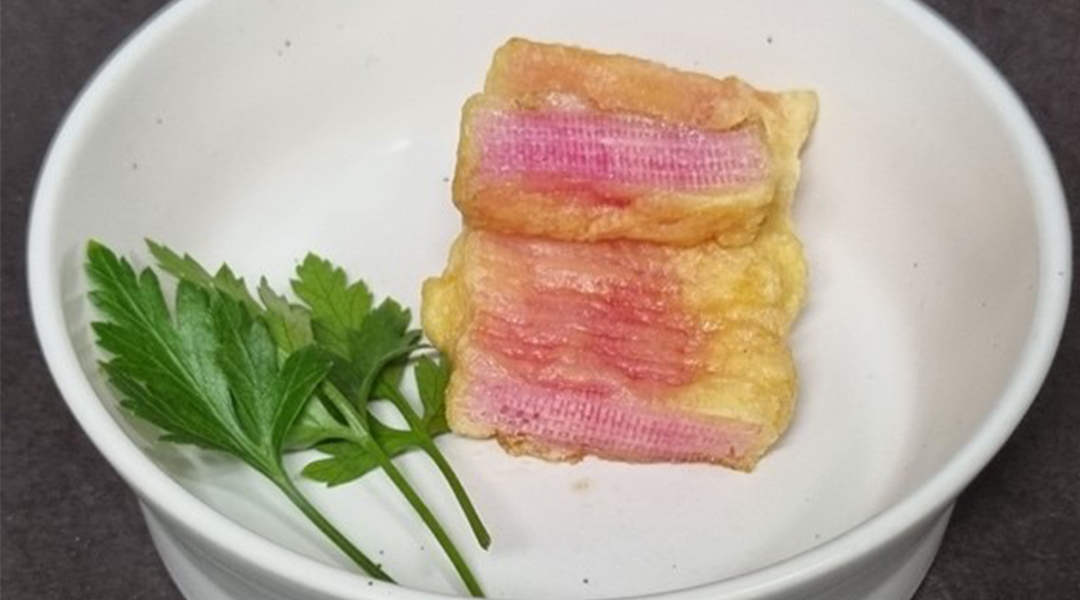
Making lab-grown meat with a new 3D-printing strategy that combines fat and muscle cells to make the perfect, artificial steak.
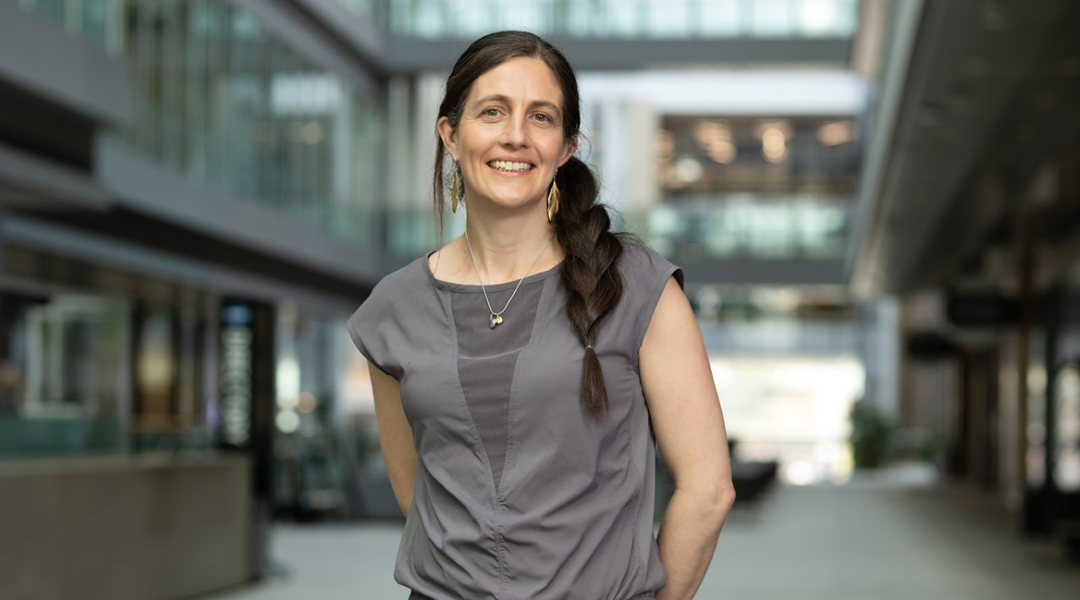
Using unique artificial microenvironments, chemical engineer Alison McGuigan is getting to the bottom of cell behavior.
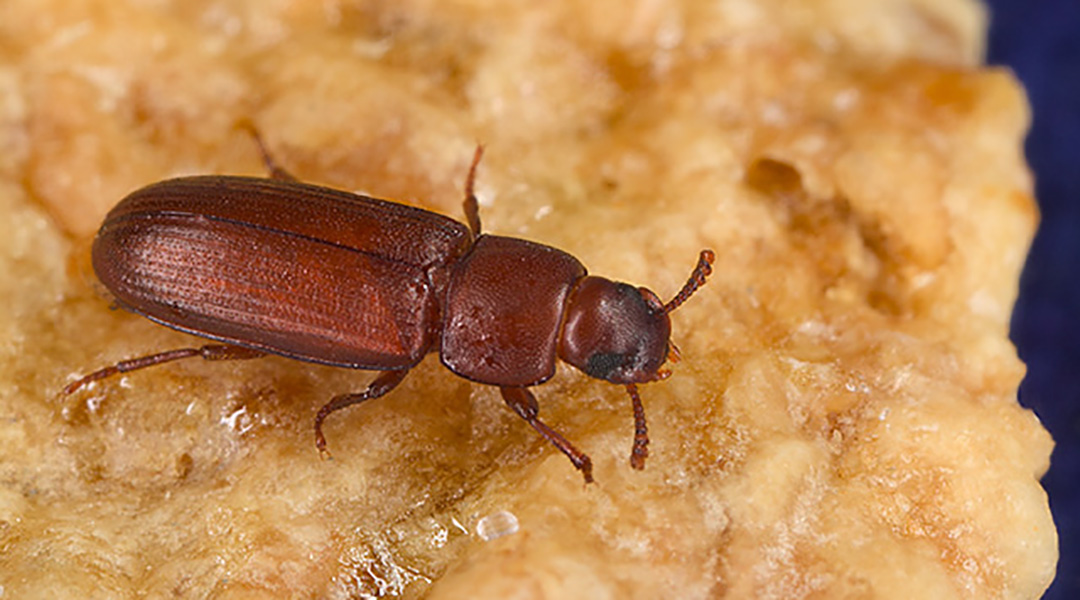
Understanding the mechanisms by which genes can be “turned off” could be a powerful means of pest control.
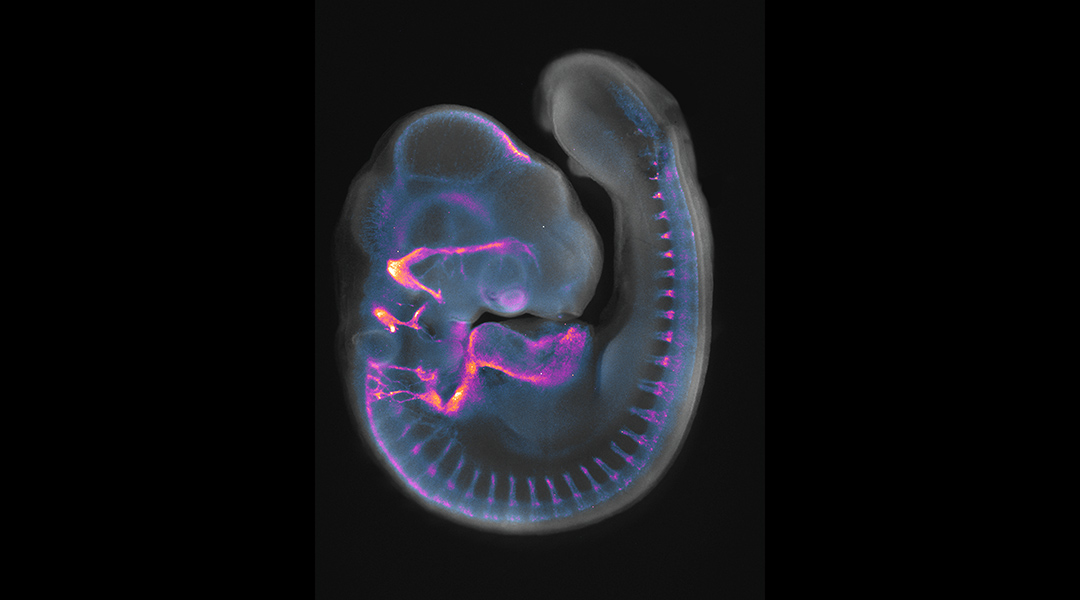
It turns out that a single factor is responsible for ear cell development, which could one day be used to treat disease and malformations.

Credited as one of the first computer scientists, Ada Lovelace saw the potential of computers a century before any were ever built.
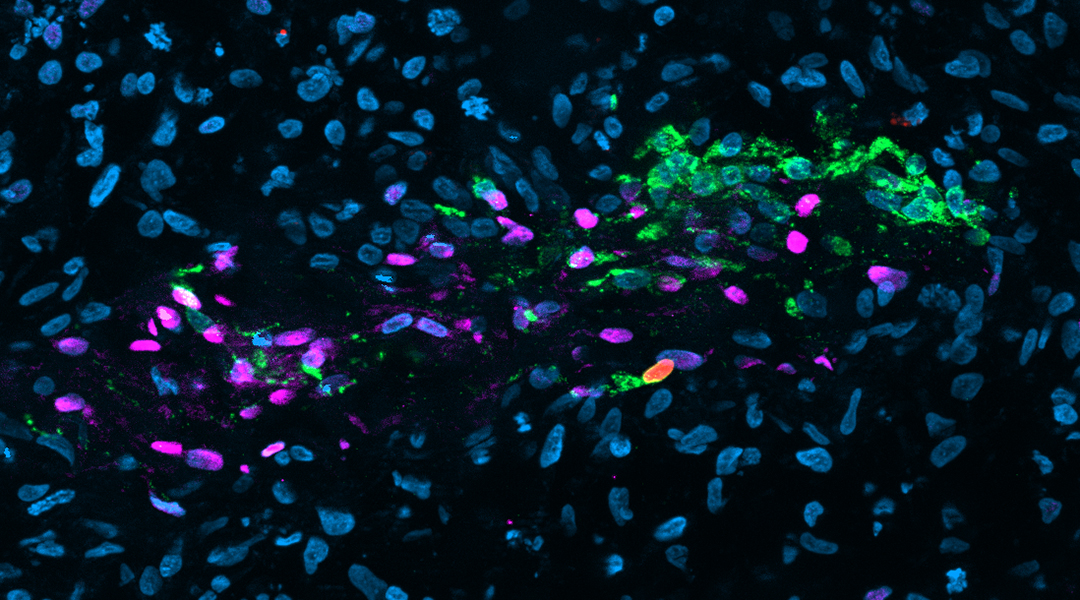
Dehumidifying pendants, the origins of olfactory neurons, microspectrometers, and transforming cancer agents.
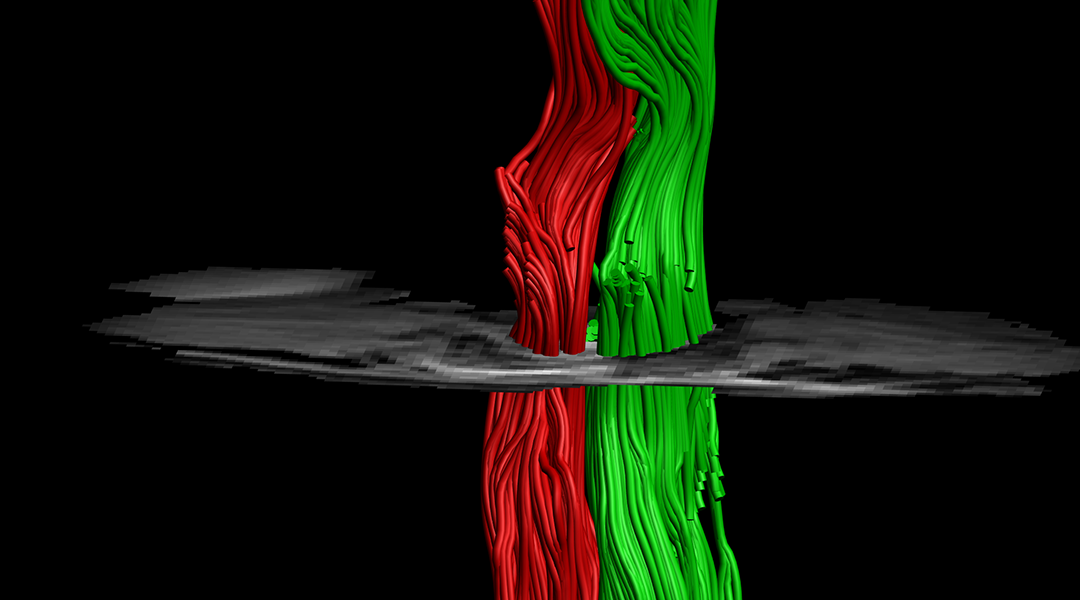
A new spinal cord implant was used to heal a severed spine, offering hope that these types of injuries can one day become treatable.
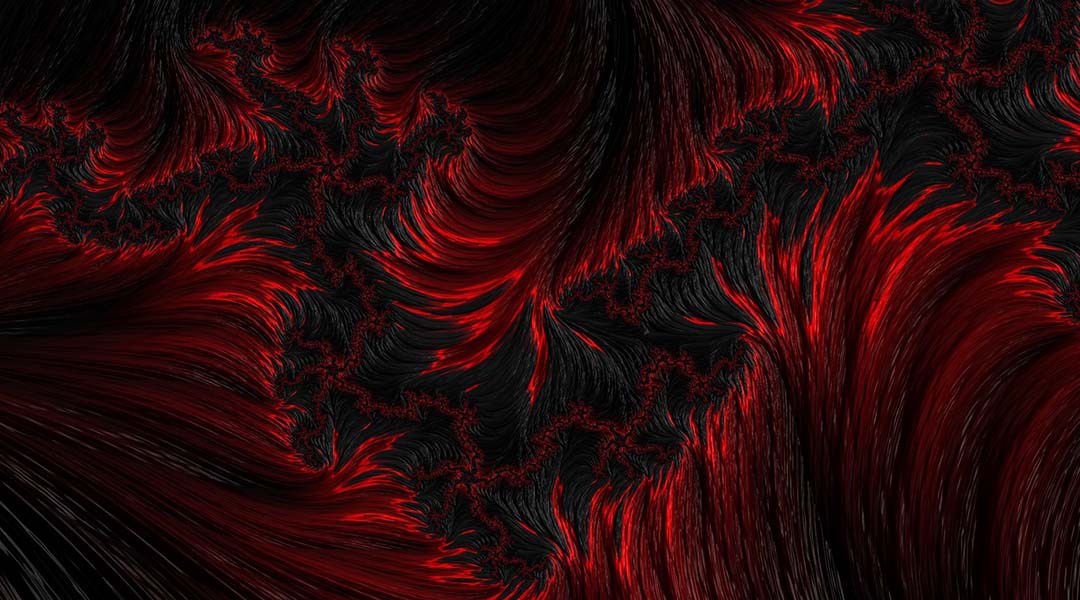
To understand the progression of diseases, such as angiogenesis, researchers have turned to computers to model complex biological processes.
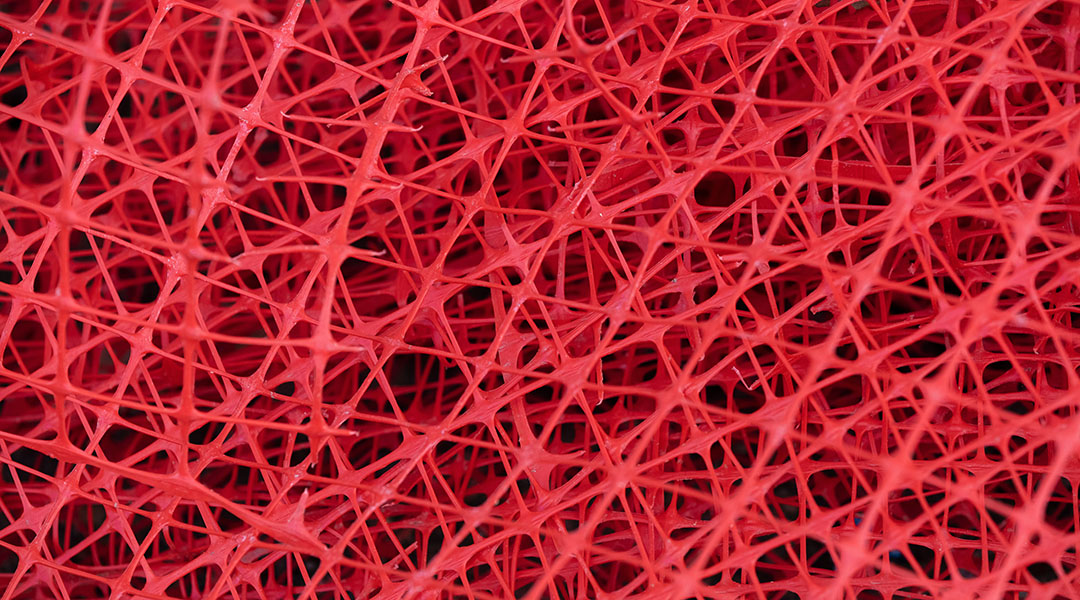
While AI has proven itself to be extremely capable in discerning optimal chemical structures, synthetic feasibility remains a challenge.